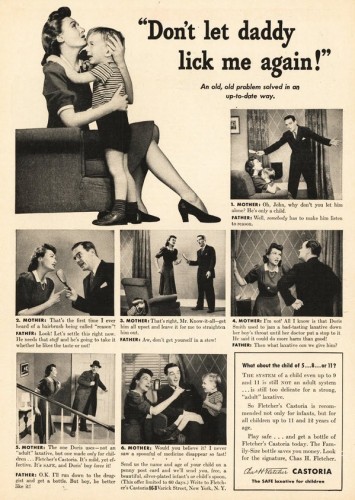Cross-posted at Scientopia.
The introduction of the internet has made pornography more easily available than any time in modern history. Responding to this development, some have worried that adolescents are looking at and watching porn, and plenty of it.
Is this true?
Drawing on a telephone survey of 1,500 youth, Janis Wolak and colleagues present some data giving us a clue. They find that less than half (42%) of 10- to 17-year-old internet users had seen online pornography in the last year. Most of them that had, further, had not sought it out. The majority (66%) had come across the pornography by accident (e.g., they had entered a porn site without meaning to, been emailed an explicit image, or seen a pop up).
The image below shows unwanted and wanted exposure to pornography for boys as they age. Only 1% of the boys 10- to 11-years-old had sought out pornography, by 12-13 about one in ten have done so, and by 16-17 over 1/3rd have (38%). Unwanted pornography is a problem for boys of all ages. Seventeen percent of boys 10-11 encountered unwanted porn and this number increased as the boys aged.
Few girls seek out pornography: 2% of 10- 11-year-olds had sought out pornography, rising to 8% by 16-17. Girls have the same problem with unwanted exposure to pornography; it happens about as frequently as it does for boys among 10- 13-year-olds and even more often among 14- 17-year-olds.
So there’s some data. Whether it justifies the hand-wringing is for you to debate in the comments.
Source: Wolak, Janis, Kimberly Mitchell, and David Finkelhor. 2007. Unwanted and Wanted Exposure to Online Pornography in a National Sample of Youth Internet Users. Pediatrics 119, 2: 247-257.
Lisa Wade, PhD is an Associate Professor at Tulane University. She is the author of American Hookup, a book about college sexual culture; a textbook about gender; and a forthcoming introductory text: Terrible Magnificent Sociology. You can follow her on Twitter and Instagram.













